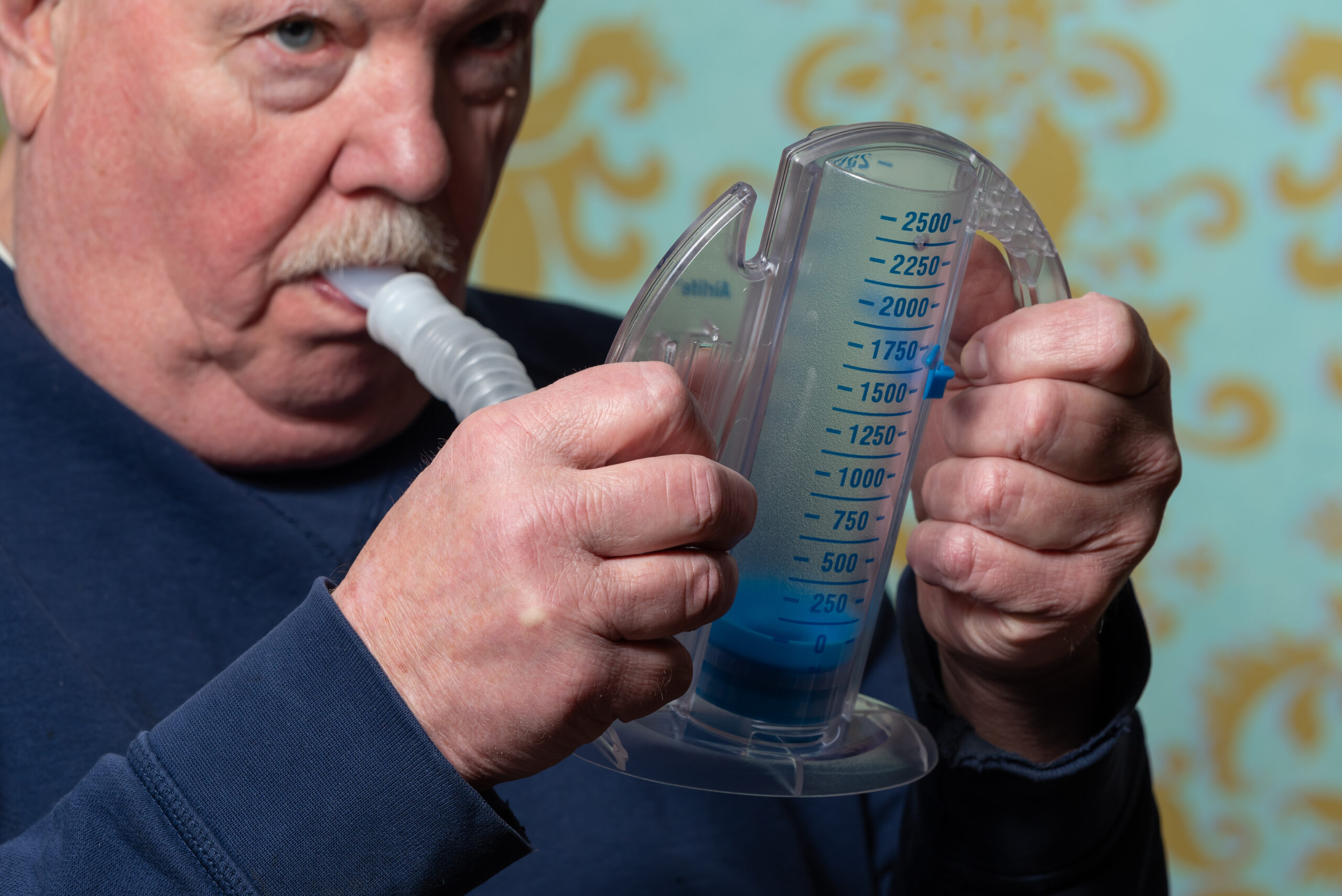
Patient Guide: Hypothyroidism
Hypothyroidism is a medical condition where the thyroid gland produces insufficient thyroid hormones, leading to a wide range of symptoms such as fatigue, weight gain, and sensitivity to cold. Diagnosis typically involves blood tests, and treatment primarily consists of hormone replacement therapy using synthetic thyroid hormone medication, such as levothyroxine. With proper treatment and ongoing management, most patients with hypothyroidism can lead healthy, normal lives and experience significant improvements in their symptoms and overall well-being.









